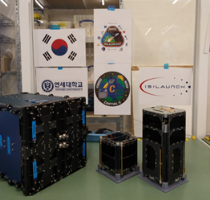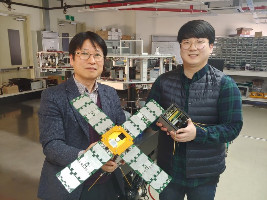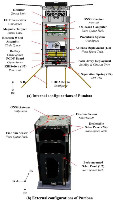| Spacecraft name | CANYVAL-C (Pumbaa) |
|---|---|
| Type | CubeSat |
| Units or mass | 2U |
| Status | No signal (SmallSat 2021 and not heard according to SatNOGS forums as of 2021-03-27) |
| Launched | 2021-03-22 |
| NORAD ID | 47938 ? |
| Deployer | QuadPack (XL) [ISISpace] |
| Launcher | Sojuz |
| Organisation | Yonsei University |
| Institution | University |
| Entity type | Academic / Education |
| Headquarters | South Korea |
| Oneliner |
Imaging the solar corona - including the region that is 10 times the Sun’s angular diameter. |
| Description |
CANYVAL-C mission is aimed at scientific validation of photographing the sun’s corona. This mission is the application of Virtual Telescope technology that uses several discrete satellites as a space telescope. The mission requires development of inertial alignment hold technology, spacecraft formation flying GNC technology and inter-satellite link technology. CANYVAL-C is a subsequent mission of CANYVAL-X, technical experiment mission of virtual telescope, and expects further projects of solar science and X-ray objective science mission. The CANYVAL-C system consists of two CubeSats, ‘PUMBAA’ and ‘TIMON’. PUMBAA, the occulter, is a 2U CubeSat that covers the sun for corona imaging. TIMON, the detector, is an 1U CubeSat that takes a coronagraph with an optical camera. |
| Sources | [1] [2] [3] |
| Photo sources | [1] [2] |
Last modified: 2024-12-15



